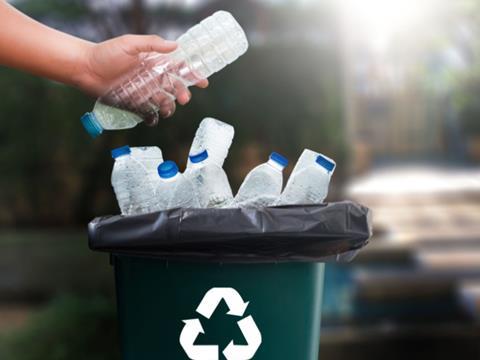
Eurostat has published data revealing that 79.7 million tonnes of packaging waste were generated in the EU in 2023, equivalent to 177.8 kg per inhabitant. While this is a reduction of 8.7 kg per capita compared with 2022, the figure remains 21.2 kg higher than in 2013.
Out of all the packaging waste generated, just over 40.4% was paper and cardboard, 19.8% was plastic, 18.8% glass, 15.8% wood, 4.9% metal and 0.2% other packaging. According to Eurostat, an average of 35.3 kg of plastic packaging waste was generated in 2023 for each person living in the EU, with 14.8 kg of this recycled.
The amount of generated plastic waste decreased by 1kg compared with 2022, while the amount of recycled plastic waste increased by 0.1 kg. Between 2013 and 2023, the amount of plastic packaging waste generated increased by 6.4 kg per capita, while the amount recycled increased by 3.8 kg.
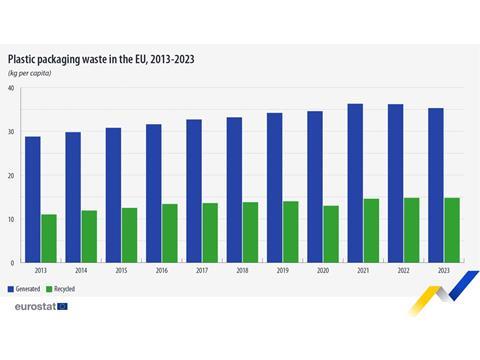
Eurostat’s article also presents findings from the more detailed Statistics Explained article on packaging waste. In 2023, the EU reportedly recycled 42.1% of all the generated plastic packaging waste, indicating an increase in the recycling rate compared with 2013 (38.2%).
Belgium recorded the highest recycling rate at 59.5%, followed by Latvia (59.2%) and Slovakia (54.1%). In contrast, the lowest rates were recorded in Hungary (23.0%), France (25.7%) and Austria (26.9%).
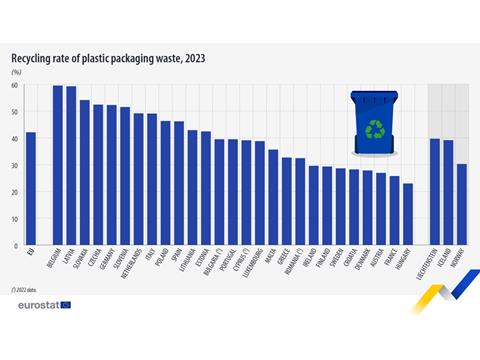
In related news, the Rethink Plastic Alliance published a report recommending further measures to help the EU meet its packaging waste goals, including more ambitious reuse targets, a swift transition into deposit return schemes, and financial incentives for participation. Alliance members analyzed EU legislation like the Packaging and Packaging Waste Regulation (PPWR) and the Single-Use Plastics Directive (SUPD) to guide Member States through the implementation of their packaging reduction rules, as well as proposing ways to make them more ambitious.
In May, multiple organisations and NGOs created the Zero Waste Himalaya Alliance to tackle the reported 80% of plastic waste from single-use food and beverage packaging in the region. The Alliance will continue the annual Himalayan Cleanup campaign which conducts plastic waste and brand audits to gather data on the main corporate polluters in the area, while calling for increased resource allocation and urgent attention to be given to how waste intersects with climate, food security, and biodiversity in the region.
If you liked this story, you might also enjoy:
The ultimate guide to the Packaging and Packaging Waste Regulation in 2025
How are the top brands progressing on packaging sustainability?
Everything you need to know about global packaging sustainability regulation in 2025
The key to increasing the use of reusable packaging in supermarkets

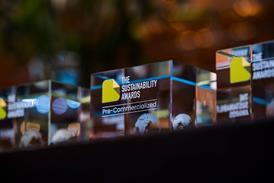
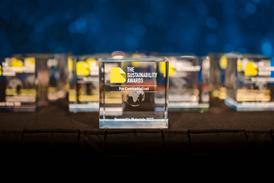
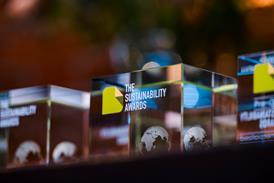
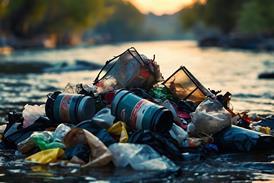
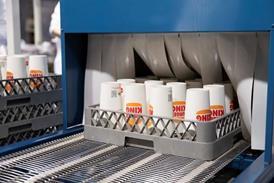












No comments yet